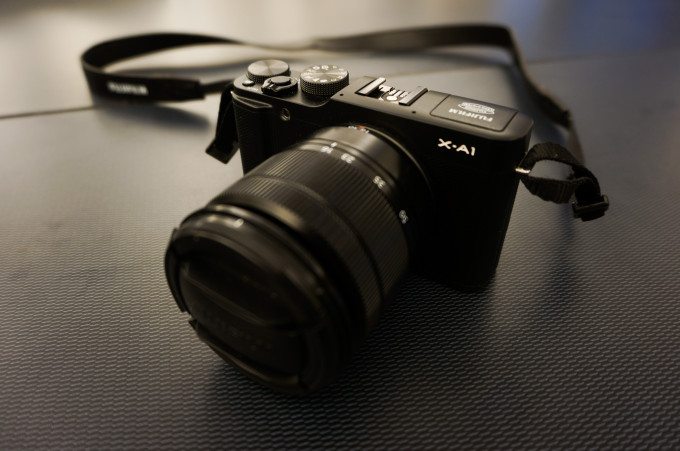
The X-series is an exciting line of cameras, and with each new entry, Fujifilm is strengthening its place in the photography world. My previous X-perience was with the X20, a high-end point-and-shoot, so an interchangeable mirrorless X camera is a breath of fresh air. The Fujifilm X-A1 arrived at my door, and a day later, Chris Gampat lent me his X-Pro 1, Fujifilm 35mm f1.4 and SLR Magic 23mm f1.7. Armed with the X-A1 and glass far better than the kit lens, I set out to make the most of my few weeks with this entry-level offering from Fujifilm.
Pros and Cons
Pros
-Contemporary design with vintage appeal
-Tilting LCD
-Beautiful JPEGs and dynamic RAW files
-Focus peaking
-The LCD is crisp.
Cons
-I never thought I’d say this, but I was surprised at the lack of an EVF.
-The 16-50mm f3.5-5.6’s zoom ring moves too slowly, and the external focusing nearly doubles the length of the lens.
Gear Used
I used the Fujifilm X-A1 with the 16-50mm f3.5-5.6 and Fujifilm 35mm f1.4, reviewed previously.
Tech Specs
Courtesy of Adorama’s listing:
| Number of effective pixels | 16.3 million pixels |
| Image sensor | 23.6mm x 15.6mm (APS-C) CMOS with primary color filter Total number of pixels: 16.5 million pixels Sensor Cleaning system: Ultra Sonic Vibration |
| Storage media | SD memory card / SDHC memory card / SDXC (UHS-I) memory card |
| File format | Still image: JPEG (Exif Ver 2.3) / RAW (RAF format) / RAW+JPEG (Design rule for Camera File system compliant / DPOF-compatible) Movie: Movie File Format: MOV Movie Video Compression: H.264 Audio: Linear PCM Stereo |
| Number of recorded pixels | L: (3:2) 4896 x 3264 / (16:9) 4896 x 2760 / (1:1) 3264 x 3264 M: (3:2) 3456 x 2304 / (16:9) 3456 x 1944 / (1:1) 2304 x 2304 S: (3:2) 2496 x 1664 / (16:9) 2496 x 1408 / (1:1) 1664 x 1664 |
| Lens mount | FUJIFILM X mount |
| Sensitivity | AUTO / Equivalent to ISO200 – 6400 (Standard Output Sensitivity) Extended output sensitivity: equivalent to ISO100 / 12800 / 25600 |
| Exposure control | TTL 256-zone metering, Multi / Spot / Average |
| Exposure mode | Programmed AE / Shutter priority AE / Aperture priority AE / Manual exposure |
| Exposure compensation | -2.0EV – +2.0EV, 1/3EV steps |
| Image Stabilizer | Supported with OIS type lens |
| Face detection | Yes |
| Shutter type | Focal Plane Shutter |
| Shutter speed (with mechanical shutter) | Advanced SR AUTO mode: 1/4 sec. to 1/4000 sec. All other modes: 30 sec. to 1/4000 sec. Bulb: max. 60 min Synchronized shutter speed for flash: 1/180 sec. or slower |
| Continuous shooting | Approx. 5.6 fps (JPEG: max. 30 frames, RAW / RAW+JPEG: max. 10 frames) Approx. 3.0 fps (JPEG: max. 50 frames, RAW / RAW+JPEG: max. 10 frames) |
| Auto bracketing | AE Bracketing (±1/3EV / ±2/3EV / ±1EV) Film Simulation Bracketing (3 types of film simulation selectable) Dynamic Range Bracketing (100% 200% 400%) ISO Sensitivity Bracketing (±1/3EV / ±2/3EV / ±1EV) |
| Focus | Mode: Manual Focus / Area AF / Multi AF / Continuous AF / Tracking AF Type: TTL contrast AF, AF assist illuminator available AF frame selection: Area AF (49 areas with 7 x 7), Changeable AF frame size |
| White balance | Auto / Custom / Preset (Fine / Shade / Fluorescent light (Daylight) / Fluorescent light (Warm White) / Fluorescent light (Cool White) / Incandescent light) |
| Self-timer | 10 sec. / 2 sec. Delay |
| Flash | Manual pop-up flash (Super Intelligent Flash) Guide number: Approx. 7 (ISO200 m) |
| Flash modes | Red-eye removal OFF: Auto / Forced Flash / Suppressed Flash / Slow Synchro / Rear-curtain Synchro / Commander Red-eye removal ON: Red-eye Reduction Auto / Red-eye Reduction & Forced Flash / Suppressed Flash / Red-eye Reduction & Slow Synchro / Red-eye Reduction & Rear-curtain Synchro / Commander |
| Hot shoe | YES (dedicated TTL Flash compatible) |
| LCD monitor | 3.0-inch, Aspect ratio 3:2, Approx. 920K-dot Tilt type TFT color LCD monitor (Approx. 100% coverage) |
| Movie recording | 1920 x 1080 30p, Continuous recording: up to approx. 14 min. 1280 x 720 30p, Continuous recording: up to approx. 27 min |
| Mode dial | Advanced SR AUTO / P / S / A / M / C / Portrait / Landscape / Sport / SP / Adv. / AUTO |
| Film Simulation mode | PROVIA (STANDARD) / Velvia (VIVID) / ASTIA (SOFT) / MONOCHROME / SEPIA |
| Dynamic range setting | AUTO (100-400%) / 100% / 200% / 400% |
| Advanced filter | Toy camera / Miniature / Pop color / High-key / Low-key / Dynamic tone / Soft focus / Partial color (Red / Orange / Yellow / Green / Blue / Purple) |
| Other photography functions | Auto Red-eye Removal, Setting (Color, Sharpness, D-range, Gradation), Multiple exposure, Depth of Field display, Histogram display, Framing guideline, Frame No. memory, Monitor Sunlight mode, Focus Peak Highlight, Date stamp, Fn button setting |
| Wireless transmitter | Standard: IEEE 802.11b / g / n (standard wireless protocol) Access mode: Infrastructure |
| Playback functions | RAW conversion, Image rotate, Auto image rotate, Red-eye reduction, Photobook assist, Erase selected frames, Image search, Multi-frame playback (with micro thumbnail), Slide show, Mark for upload, Protect, Crop, Resize, Favorites |
| Wireless functions | Geotagging setup, Image transfer (Individual image / Selected multiple images), View & Obtain Images, PC Autosave |
| Other functions | PictBridge, Exif Print, Language selection, Time difference, Quick start mode, Silent mode |
| Terminal | Digital interface: USB 2.0 High-Speed HDMI output: HDMI mini connector (Type C) Others: Remote release terminal for RR-90 (sold separately) |
| Power supply | NP-W126 Li-ion battery (included) |
| Operating Temperature | 0 – 40deg.C / 32 – 104deg.F |
| Operating Humidity | 10 – 80% (no condensation) |
| Battery life for still images | Approx. 350 frames (with XF35mmF1.4 R lens) |
| Starting up period | Approx. 0.5 sec., when QUICK START mode set to ON Approx. 1.0 sec., when QUICK START mode set to OFF |
| Lens: Focal Length | 16 – 50 mm Comparable 35mm Focal Length: 24 – 76 mm |
| Lens: Aperture | Maximum: f/3.5 – 5.6 Minimum: f/22 |
| Lens: Angle of View | 83.2deg. – 31.7deg. |
| Lens: Minimum Focus Distance | 11.81″ (30 cm) |
| Lens: Magnification | 0.15x |
| Lens: Groups/Elements | 10/12 |
| Lens: Diaphragm Blades | 7 |
| Lens: Autofocus | Yes |
| Lens: Image Stabilization | Yes |
| Lens: Filter Thread | Front: 58 mm |
| Dimensions | Camera: 116.9 x 66.5 x 39mm / 4.60 x 2.61 x 1.53″ (Minimum depth: 32.1mm / 1.26″) Lens: Approx. 2.46 x 2.57″ (62.6 x 65.2 mm) |
| Weight | Camera: 330g / 11.6 oz. (including battery and memory card) Lens: 6.88 oz (195 g) |
Ergonomics

The Fujifilm X-A1 comes in all black and indigo blue option. The former served as my review unit, and I think it’s the more attractive model. The X-A1 has a metal body, and its front side is characterized by a textured surface which gives it extra grip. The only other aspects of note are the AF-assist lamp and X-A1 engraving.
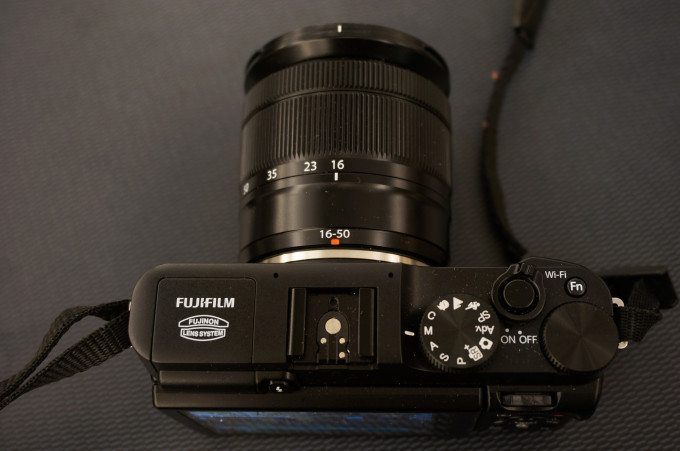
From left to right, you have the flash, hot shoe, mode dial, on/off switch, shutter, Fn button, and shutter speed dial. Everything’s well spaced for hands of all sizes.
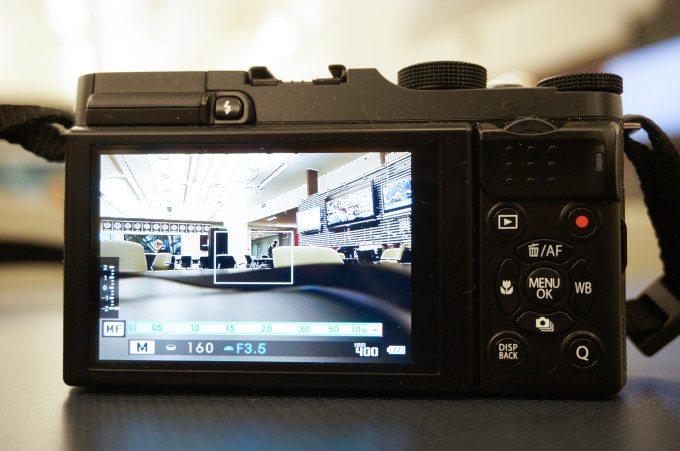
Here’s your 3-inch 920-K dot tilting LCD which provides a beautiful amount of detail and all the necessary information for any mode you’re in. The flash release sits above the LCD and to the right, you’ll find: the aperture dial, playback, movie, AF-select/trash, white balance, burst mode, macro mode, menu/OK, display, and Q menu.
Build Quality
With a metal body and textured front, the Fujifilm X-A1 is a sturdy camera that will sit comfortably around your neck. It has just enough heft that suggests it’s a serious addition to the entry-level field. Its design has vintage notes, and it has the appeal of a Leica M. When I showed the camera to a family friend, he said, “It’s a beautiful camera, just to look at.”
Autofocus

With all the right light, autofocusing is very smooth with the X-A1. It takes a bit longer in unfavorable light, and with subjects that move as fast as the Rockettes, it can be a bit of a challenge. Fortunately, the X-A1’s focusing peaking can step in where the AF has to take a backseat.
Ease of Use
The X-A1 has a very intuitive design: both in its button layout and menu system. To set the function for the Fn button, all you need to do is hold it down until the menu appears. I had it set to ISO. The Q shortcut menu provided quick access to everything you could possibly want. The directional buttons move between options and the shutter speed dial selects within each option. When set to Area AF, you hit the AF button to bring up a 7×7 grid and then navigate to the point you want via the directional buttons. Pressing the OK or shutter button sets the point. I never had to consult the manual. After unboxing, I mounted the lens and started shooting.
Metering

The X-A1 meters perfectly. This was shot at f/16 at ISO 200 and 1/200 sec.
Image Quality

For an entry level camera, the X-A1 provides some beautiful results, and it’s a solid choice for those moving up to an interchangeable lens camera who want to keep it light. Colors pop with the X-A1 and the RAW files need minimal editing. The JPEGs are ready to go straight out of the camera. All of this decreases the workflow at home.
High ISO Images
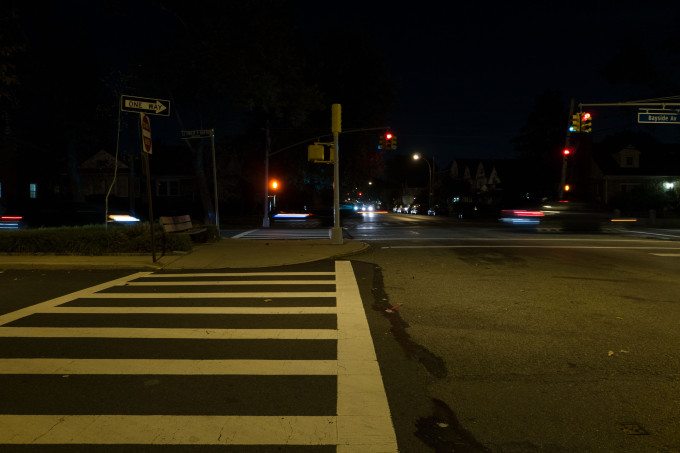
The X-A1 performs very well at ISO 800, so should your lighting be terrible, take comfort in the fact that you can bump up the ISO and come away with something you can use. Hell, even ISO 1600 ain’t that bad.

RAW file versatility

The X-A1’s RAW files provide a great amount of information that works very well in Lightroom. Should you happen to overexpose a bit, you’ll be able to recover it by dragging down the highlights. In most cases, the images were spot on, and the work in post was minimal.
Extra Image Samples






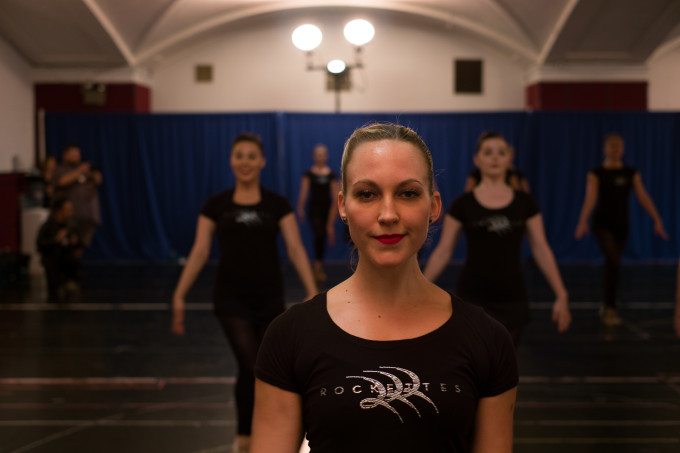


Conclusion
The X-A1 was a great addition to my ever-changing kit, and I’m sad to see it go. With an 16.1 MP APS-C sensor, a sturdy body, and brilliant colors, the X-A1 will give you powerful results in a $600 package. With a wealth of glass available for it, the X-A1 is a smart choice for those in the market for their first interchangeable lens camera who find the bigger rigs a bit too daunting. The tilting LCD with all its clarity is a dream for street photographers.
Head over to Adorama or Amazon to pick one up for yourself.
Please Support The Phoblographer
We love to bring you guys the latest and greatest news and gear related stuff. However, we can’t keep doing that unless we have your continued support. If you would like to purchase any of the items mentioned, please do so by clicking our links first and then purchasing the items as we then get a small portion of the sale to help run the website.

